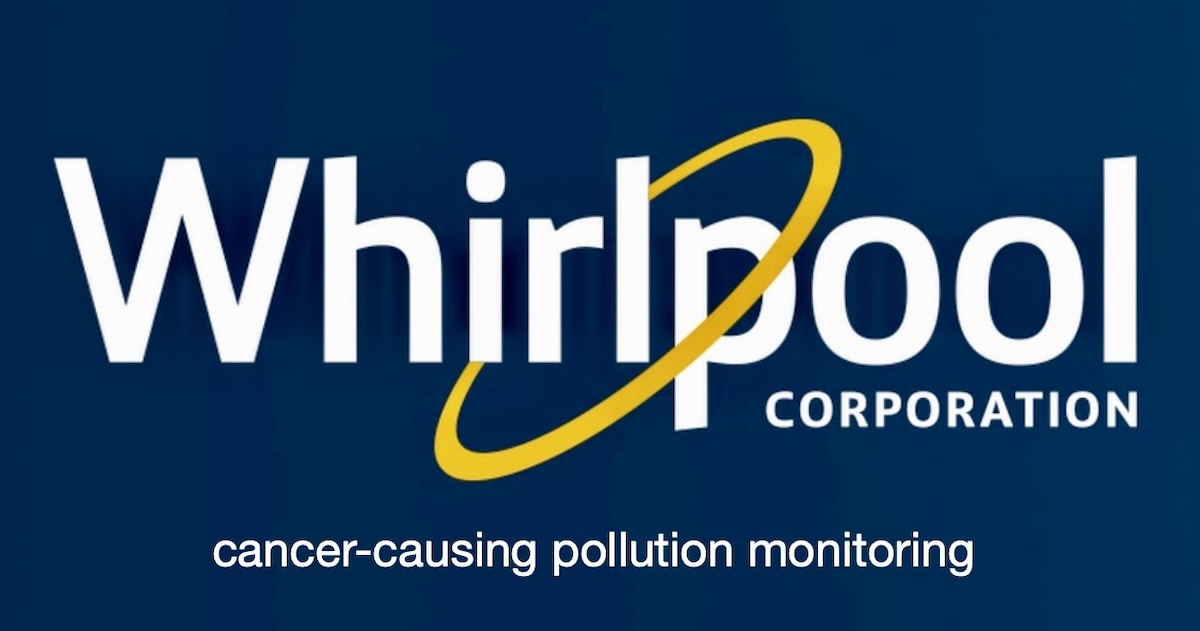
The Arkansas Department of Environmental Quality (ADEQ) is asking an engineering firm hired by Whirlpool to install more cancer-causing chemical monitoring wells around the former Whirlpool plant in Fort Smith.
Benton Harbor, Mich.-based Whirlpool closed its refrigerator manufacturing plant at 6400 Jenny Lind Road in June 2012, moving most production jobs to Mexico. In 2013, and after public pressure, Whirlpool officials admitted to leaking trichloroethylene (TCE), a cancer-causing chemical, into properties around the Fort Smith plant, which sat on 153 acres.
Copenhagen, Denmark-based Ramboll was hired by Whirlpool to monitor the pollution and provide remediation plans and information to the Arkansas Department of Environmental Quality (ADEQ). The company began remediation in October 2015 with injection wells around what was then the known plumes. Other dangerous chemicals monitored include vinyl chloride and a cDCE, a form of dichloroethene.
Rambolli noted in its 2024 report, which was made available in February, that there were no risks to the public.
“The investigation and monitoring activities at the Site have not identified any complete exposure pathways in the residential area (i.e., direct exposure, consumption, or vapor intrusion),” Rambolli noted in the 2024 report. “Given the current deed restrictions for the Whirlpool property and impacted offsite properties, there is no unacceptable risk to human health or the environment.”
However, ADEQ engineer Clay McDaniel wrote in an Aug. 15 letter to Rambolli Senior Lead Consultant David Meyer that more testing is needed. Following are the key points made in the Aug. 15 letter to Rambolli.
• McDaniel called for a new monitoring well in the south plume “to define the extent of plume migration in this area.”
• In the east plume, McDaniel said several wells indicated “increasing TCE concentration trends” and a new monitoring well is needed to better define the plume migration in the area.
• The north plume is also showing increasing TCE concentrations in certain areas, with an additional well needed to “define the plume extent.’
• McDaniel also pointed to a discrepancy in the monitoring of COCs (chemicals of concern) in the indoor air screening testing. In the Rambolli report, it was noted that “no COCs exceeded” screening levels, but in another area the numbers suggested otherwise.
“Based on the analytical results for indoor and outdoor air, several constituents exceed their respective screening levels,” McDaniel noted in his letter to Rambolli. “Please update this section to resolve this discrepancy. Please provide a response to the above comments within thirty (30) calendar days of receipt of this letter.”
